Phanteks G500A Review
Introduction
The Phanteks P500A was one banger of a case. Now it is time to look at the next generation. The G500A comes with a ton of little improvements and tweaks that may or may not make it a case even better than the P500A was. Let's take a closer look!
Positive
- Excellent Airflow
- Excellent Build Quality
- Excellent Compatibilty
- Vertical GPU Support (with add-on Riser)
- Easy Top Fan Installation
- Included Fans Are Very Good
- Excellent IO
- RGB Implementation
- This List is too long, let's just stop
Neutral
Negative
- Not Budget-Friendly
What's in the Box?

In an all-Phanteks fashion, the Eclipse G500A comes in a thick carton box full of imagery and some short specs.
Inside, we will find the case wrapped in a sheet of protective fabric and dampened by 2 rubber-like styrofoam blocks. Once the case is opened up we will also find the mandatory box of Phanteks goodies containing the following items:
- Organized sox of screws and installation material
- PCIe support bracket
- 2x HDD cages
- Zip-Ties and Velcro-Ties
- Manual

Specs
Similarly to the previous Eclipse P500A, the G500A creates a miles-long compatibility list. Down below you will find a shortened spec sheet summarizing the cases abilities:
| Name | Phanteks Ecliple G500A DRGB |
| Color | Black / White |
| Type | Mid-Tower |
| Mainboard Sizes |
ATX mATX miniITX E-ATX < 280mm |
| PSU Size |
195mm with 4x HDD Cages 250mm with 2x HDD Cage 300+ without any HDD Cage |
| PSU Position | Separate compartment in the Bottom |
| Side Panel | Tempered Glass |
| Front Panel | Fine Mesh Structure |
| CPU Cooler Height | < 185mm |
| GPU Length | < 435mm (shared with front radiator) |
| 3.5" Drives |
4x In Bottom 2x (x3) in cages mounted instead of the Cable hiders A set of 2x Cages is included with the case, more available separately |
| 2.5" Drives |
3x behind motherboard 6x on top of the back cable management doors
Every 3.5" cage can also be used for 2.5", therefore 19x if maxed out |
| IO |
1x USB 3.2 Gen 2 Type-C 2x USB 3.0 Type-A Combined Audio In-Out DRGB Mode + Color Buttons Start button in the Front |
| Dimensions | 500x240x515mm (WxHxD) |
| Fan Spots |
Front: 3x 120/140mm Top: 3x 120/140mm Back: 1x 120/140mm |
| Included Fans | 3x M25 140mm Fans included in the Front (limited to 1400RPM) |
| Water Cooling |
Front: 360/420mm Top: 360/280mm Back: 120mm |
| Extras |
PCIe support bracket included (mountable in the back of the case
|
Compatibility
Motherboard
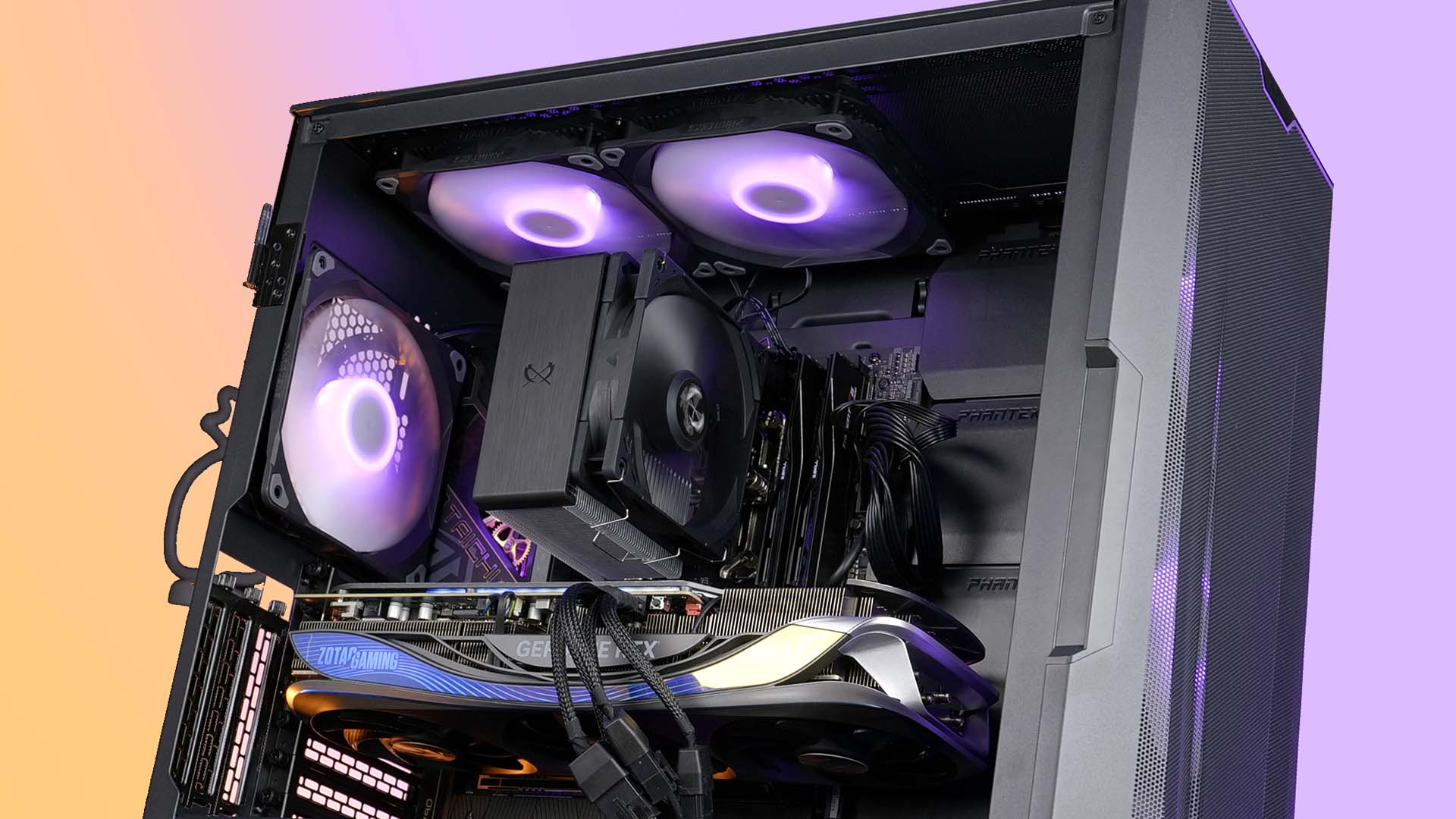
First up on this list is Motherboard support. Thanks to the G500As size, we can squeeze in every standard motherboard size from miniITX up to ATX. From there, we are able to install up to 280mm wide E-ATX boards, however, beware from that point on because anything bigger will come into contact with the cable-hiding plates located on the right of the motherboard.
PSU
The PSU will be sitting in its own separate compartment at the bottom of the case.
By default, we can install PSUs as long as the case itself by using the external bracket which mounts to the PSU before sliding the whole thing (including cables) back in, something we wished would have changed until this point but still hasn't.

In case the last 2x HDD spots in the bottom are used, we limit the max PSU length down to 250mm.
If all 4x HDD spots are being used, we are limiting the support further down to 195mm.
GPU

Due to the fans being installed outside of the main chassis, the GPU in use can be up to 435mm long.
We tried the case using a Zotac 4090 including the included 4x PCIe Octopus adapter, and although the adapter got a slight bend once the Tempered Glass side panel was closed, it was not severe enough to call it a problem.
For front-mounted radiator installation, keep in mind that the usage of every mm of the front fan brackets will be subtracted from the GPU.
CPU Cooler
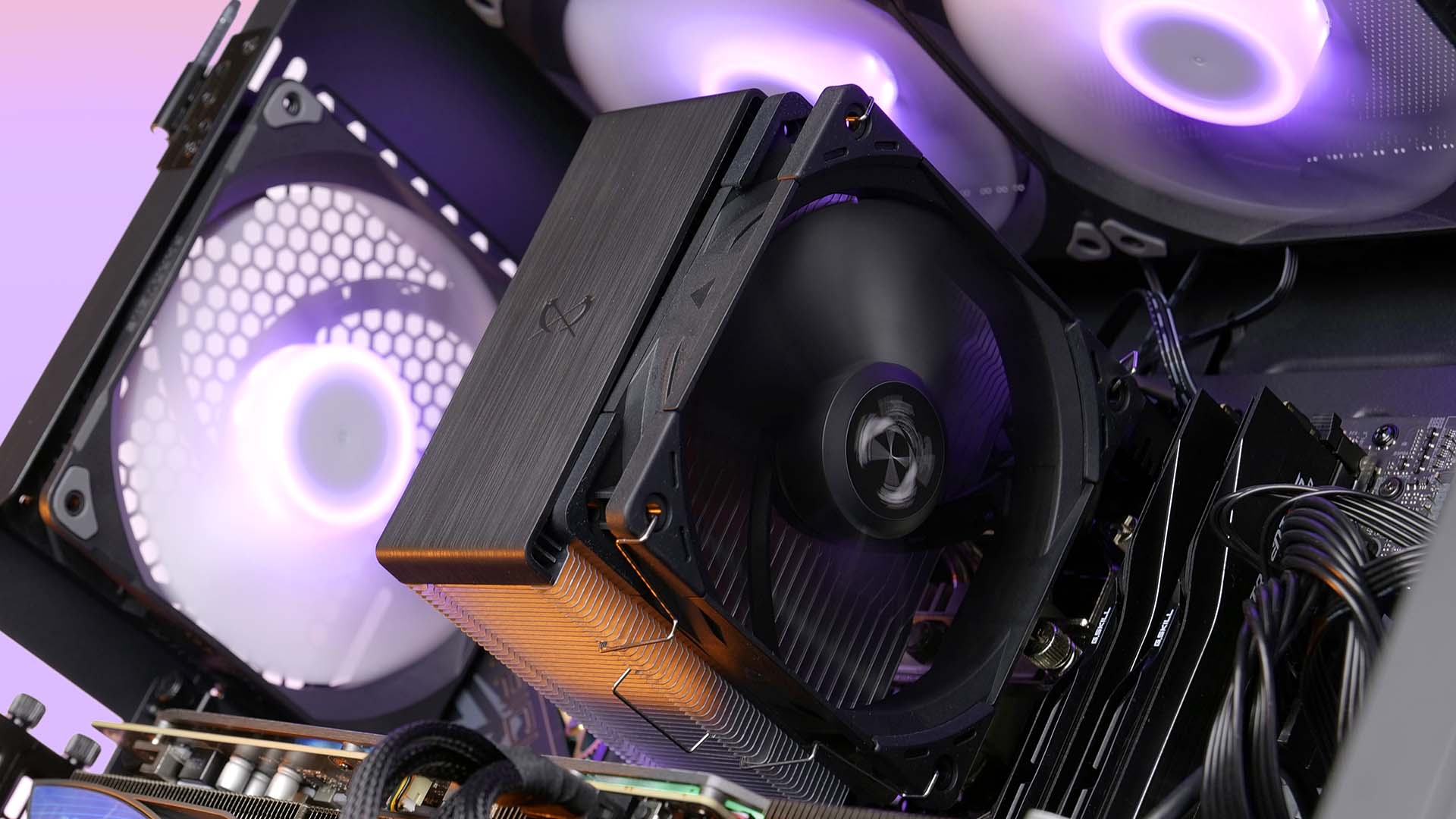
As the recently created GPU cable problem wasn't such a big deal inside the G500A, the max cooler height support is equally as unproblematic. Up to 185mm high coolers can fit inside the G500A. Therefore, nothing that we are aware of will create a problem inside the Mid-Tower.
Fans
One of Phanteks's main focuses of every case they created in the past is Fan support. Inside the G500A, they learned a lot from their past attempts and improved on them.

The Front of the case supports up to 3x 140 or 120mm fans. By default, the DRGB version comes with 3x throttled-down M25 140 fans pre-installed.
In case the User wants to replace these fans with 120mm versions (something we would not recommend), he can reposition the pre-installed fan brackets and adjust them for the 120mm form factor.
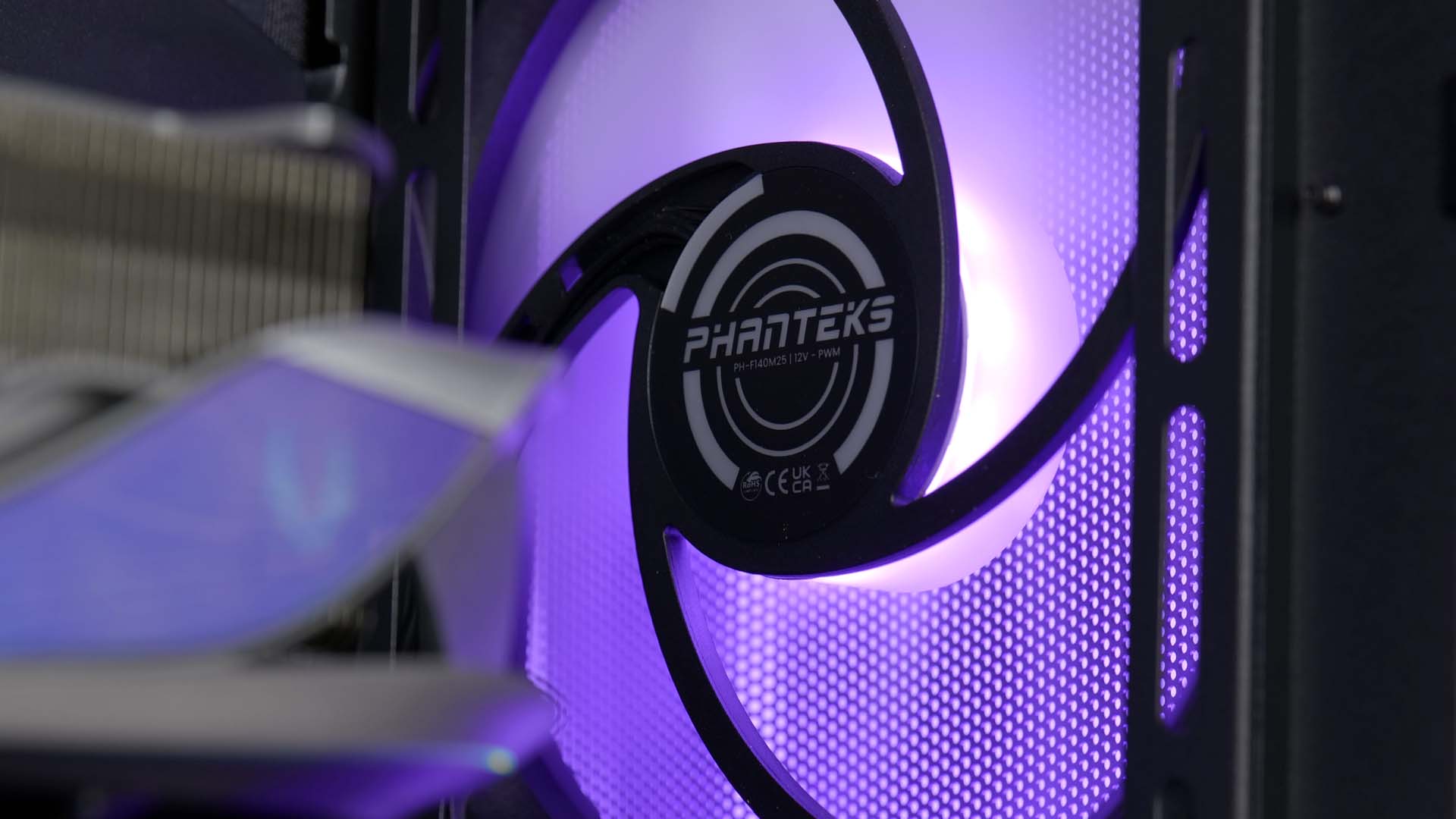
The back of the fan can house another 140mm or 1x 120mm fan.

But it is the top that got the biggest improvement. In contrast to the P500A, the G500A now has a solid metal mesh filter in the top which is removable by lifting it up in the back. Underneath, we will find nothing but mounting holes for 3x 140mm or 3x 120mm fans. The center of this complete area is now free of any honeycomb mesh or any other type of restriction making the fans perform better, preventing double filtration, and making the installation much easier as the fans can now be held in place from the top rather than from the inside of the main chassis.

Water Cooling

In terms of water cooling support, there isn't much that has changed going from P500A to G500A.
The back still supports 120/140mm radiators while the top and front both support up to 360mm sized ones.
Additionally, the front is also the only spot that could support 420mm radiators if the user really wants to go for the best-in-class cooling systems.
Cable Management

Another aspect that hasn't changed much is the Cable management concept inside the G500A.
All around the motherboard area, we have a sufficient amount of holes to let all the cables pass into the main compartment.
The GPU has its own little hole including a little piece of plastic covering the inside area.

In the back of the case, we have the same 2x pieces of metal hiding the potential mess as we had in previous -500 Phanteks cases.
However, there is one aspect that has been slightly optimized.

On the right of the motherboard, we will find the cable-hiding plates. These can be repositioned to the left and right allowing the user to hide as much of the 24-Pin (or other cables) as possible.

Underneath these plates, there are mounting holes to mount HDD cages for additional hard drives. If the user wants to use this feature, he is required to remove at least 2x of these brackets. In the past, it was incredibly hard to remove them. Although the thumb screw in the back wasn't a problem, the plate still needed to be pushed to the absolute front of the case, something that was sometimes impossible due to the pre-installed fan cables being in the way.
The area at which the plates now pop out has been slightly improved inside the G500A, making it much easier to remove them. Something we highly appreciate.
IO
The first part of the IO is located at the top of the case. here we will find 1x USB 3.2 Gen 2 Type-C, 2x USB 3.0, and the mandatory DRGB buttons accompanied by a combined Audio In/Out Jack.

The Power button has been moved to the front panel, but is still attached to the main chassis.
Although we don't see this as a negative, nor positive point, we are not particularly happy with the button itself. Due to it having just a single anchor point (or feeling that way), the button is incredibly wobbly, making every click feel significantly less satisfying compared to the P500A.

Cooling
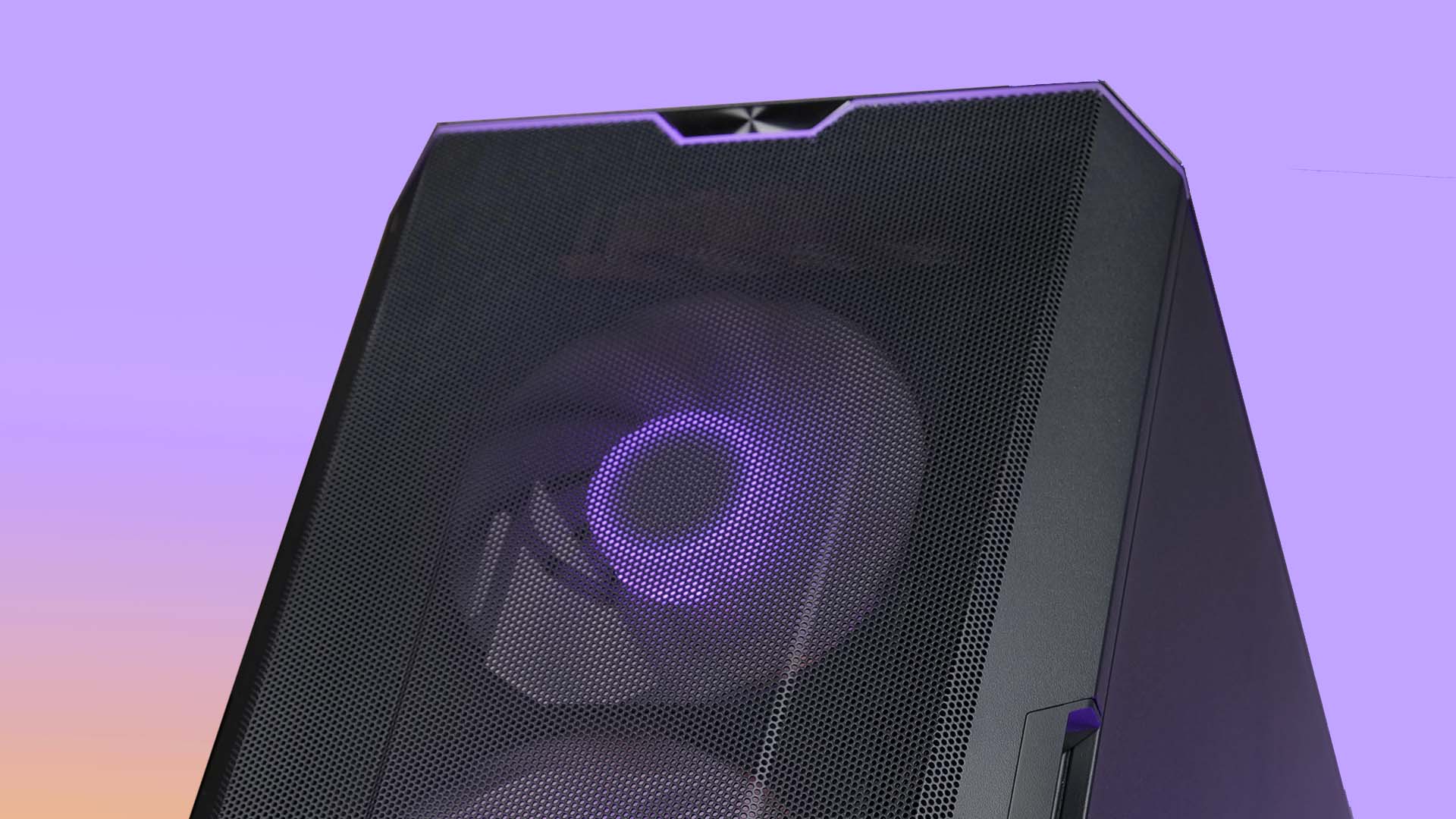
Cases in the size category such as the G500A generally don't have any problems with cooling. And the G500A doesn't either. Already the sheer size of the case prevents a lot of problems from appearing in the first place.
However, the G500A has a high-quality mesh filter (with slightly bigger holes compared to the P500A) in the front, making it incredibly easy for the air to get into the main chassis. The top of the case features a similar pattern making the air going out just as easy.

Additionally, the usage of Phanteks's own M25 140mm Fans by default really closed off the circle.
From a "potential" standpoint, the G500A can handle anything thrown at it. The case will not be the problem and as long as an appropriate Air or Water cooler has been chosen, the system will not suffer any negative fate.

The only addition we believe to be mandatory would be at least 1x exhaust fan in the back as there is none pre-installed. This can be further updated with a second one in the top, or even fully spec-ing out the case, but anything above 2x exhaust fans will start to cost more than it actually benefits you.
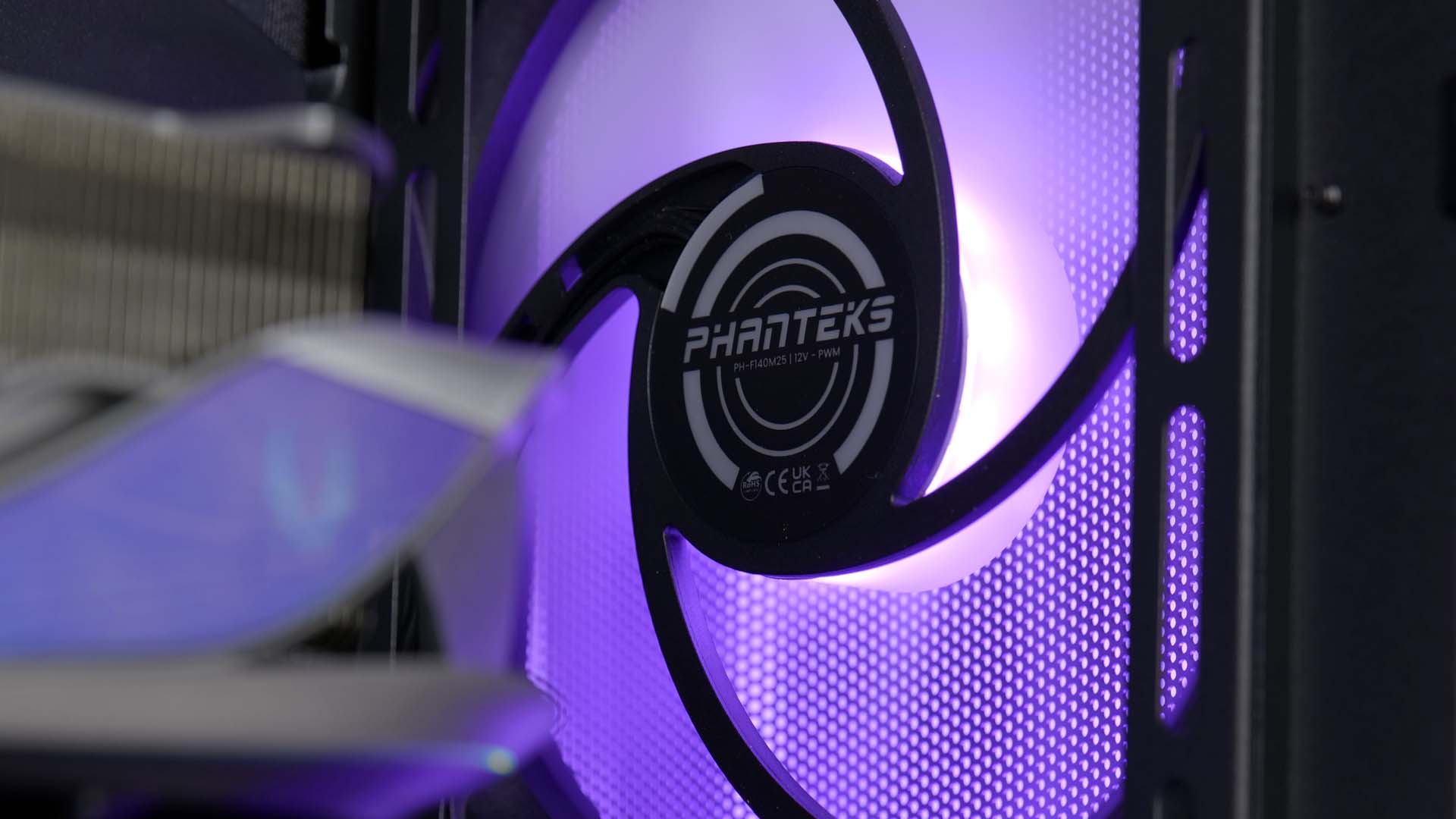
As we have already reviewed the un-throttled version of the Phanteks M25 140mm fans in the past, we can also agree that using these fans was an excellent idea. Replacing them makes little sense as there aren't many fans out there more capable than what is already inside the case.
Design
Compared to the P500A, the G500A follows a slightly different design approach. Where previously we had many "rounded" elements in Phanteks' mainstream case, now we will find more "geometrical" lines. The lines are straighter, the edges are sharper, and everything is a bit more "edge" than on the P500A.
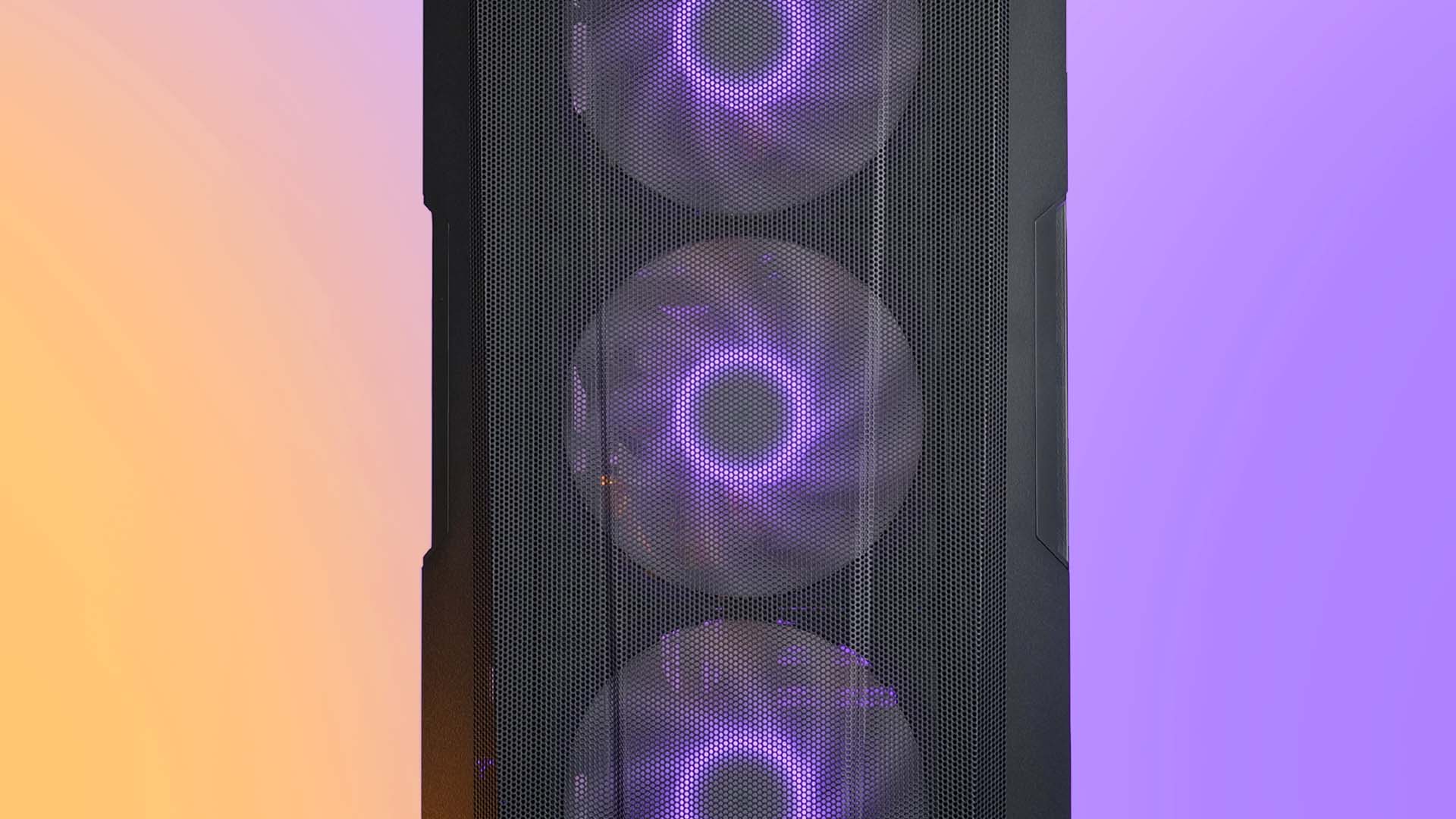
This is neither positive nor negative, it is simply a different approach of designing a case.
Ignoring these minimalistic design changes, the RGB implementation inside the G500A is still as beautiful as is was before. All across the PSU shroud, there's a very thin RGB line. The same can be found going all around the Power button. Although we aren't quite happy with the usage of "DRGB" which is just a different connector, the whole setup can easily be expanded with additional Phanteks proprietary devices, or regular ones thanks to the presence of an adapted 3-Pin ARGB cable.

Or in other words, the G500A looks gorgeous.
Installation
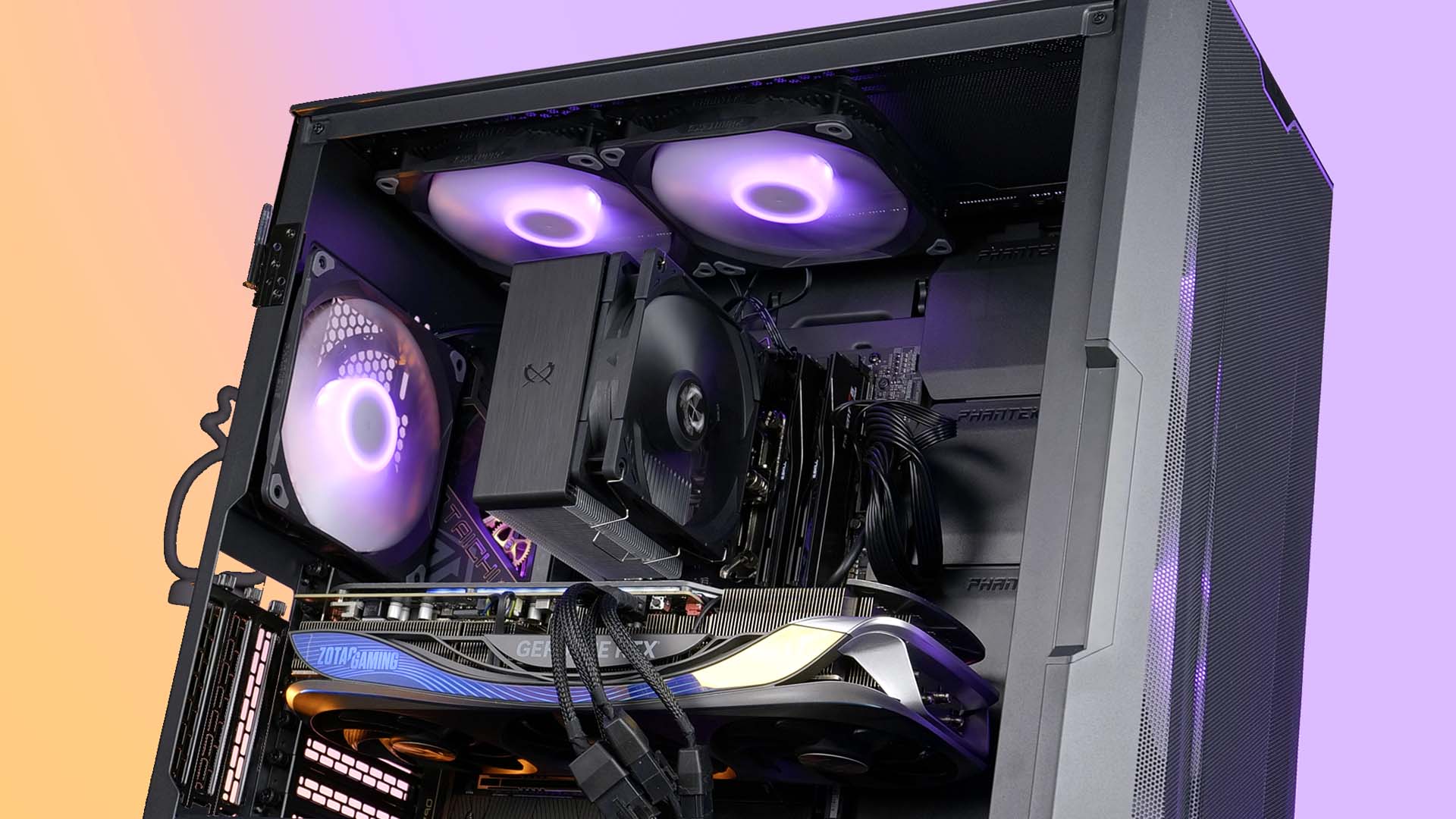
We build a few builds inside the G500A, none of which created any issues or made us swear. Which is the best result a case can achieve. And although the installation procedure inside the G500A wasn't any different compared to the P500A, we found the re-designed top fan spots to be quite helpful and easier to do.
Conclusion
It's hard to find negatives.
From the additional performance from the now bigger holes in the mesh filter for both the front and top panel to the redesign of the top to make it easier to use and just higher quality in general. Almost everything inside the G500A is a slight improvement achieved upon learning from the past.
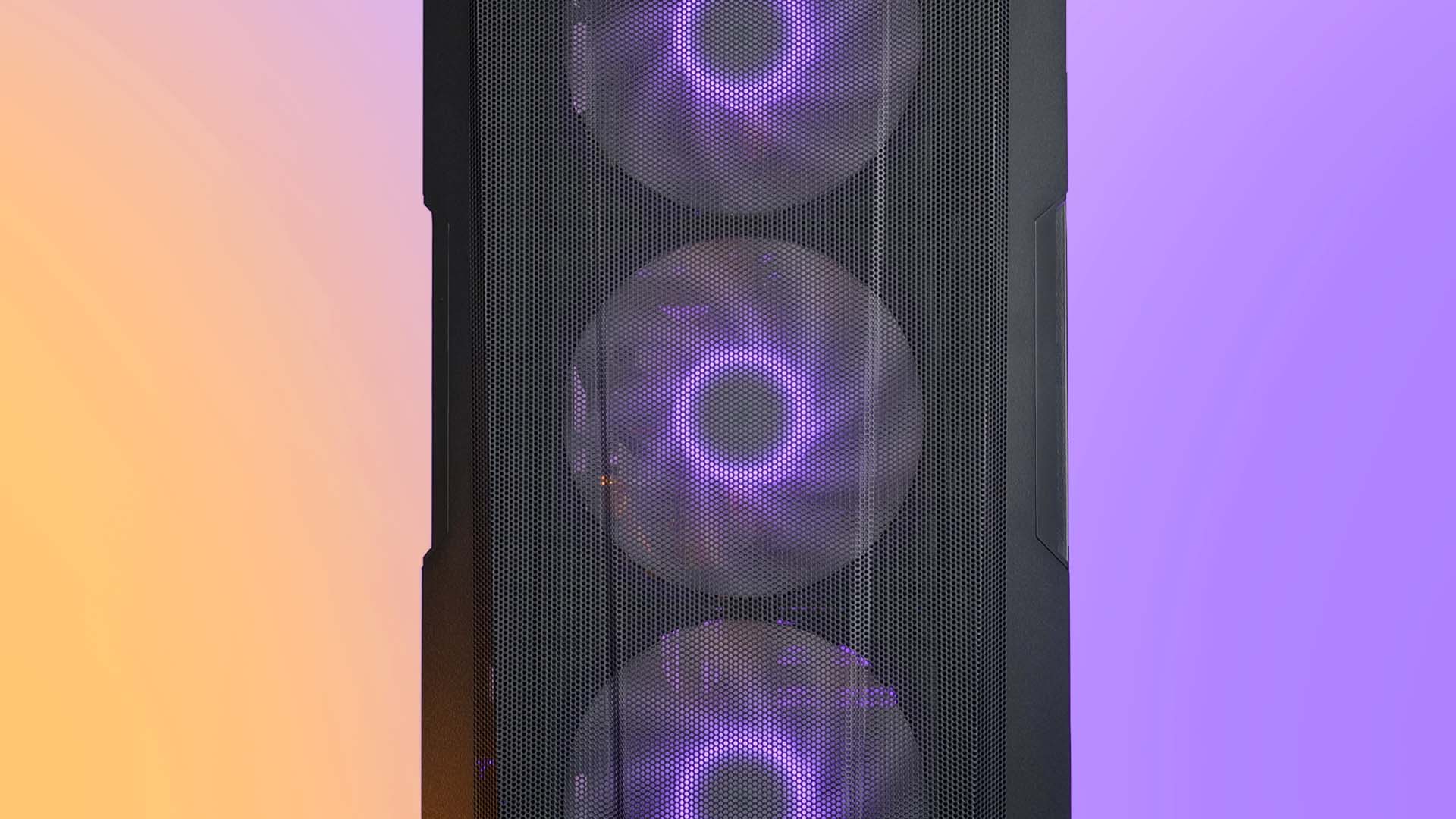
Quality-wise, the new top is definitely much better, but other than that, it feels almost identical to the P500A. Maybe the material is slightly better, maybe there is an improvement in build quality. But we aren't sure, let alone can we measure it. Therefore we would put it on exactly the same level as the P500A.
Except for the start button. This one was a disappointment.

To cut this segment short, we can only recommend the G500A. It doesn't matter if entry-level, mid-tier, or high-end monster, the G500A can fit them all and delivers appropriate cooling capabilities to make every build possible.
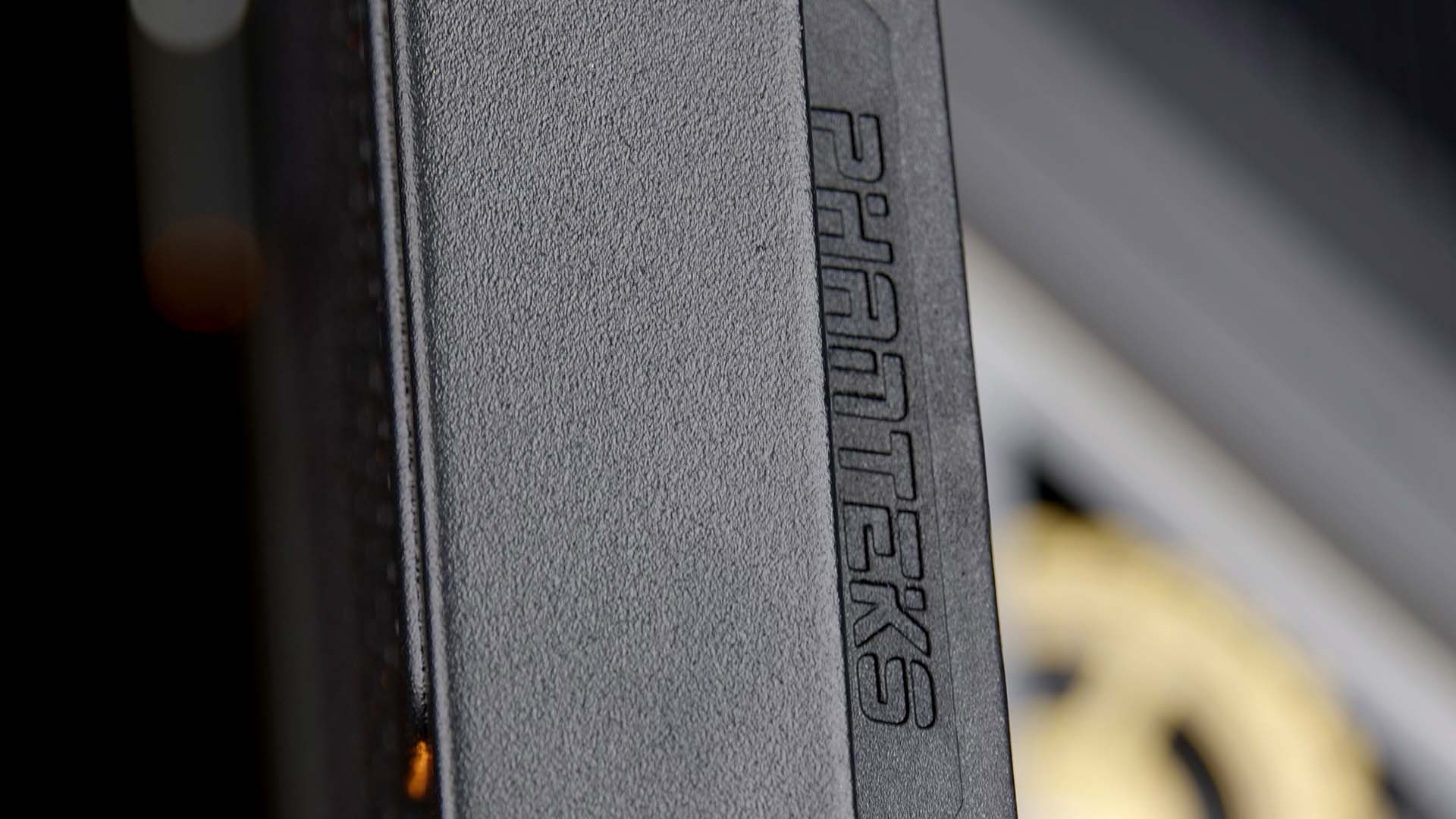
Before the end of this review, we wanted to make sure to mention a lost feature. Unlike the P500A, inside the G500A there is no dual system support anymore. Probably due to the re-design of the top, Phanteks dropped this feature leaving users who aimed for this type of case to look elsewhere.
But if what you are looking for is in fact a single-build case capable of everything, the G500A might be the perfect case for you.

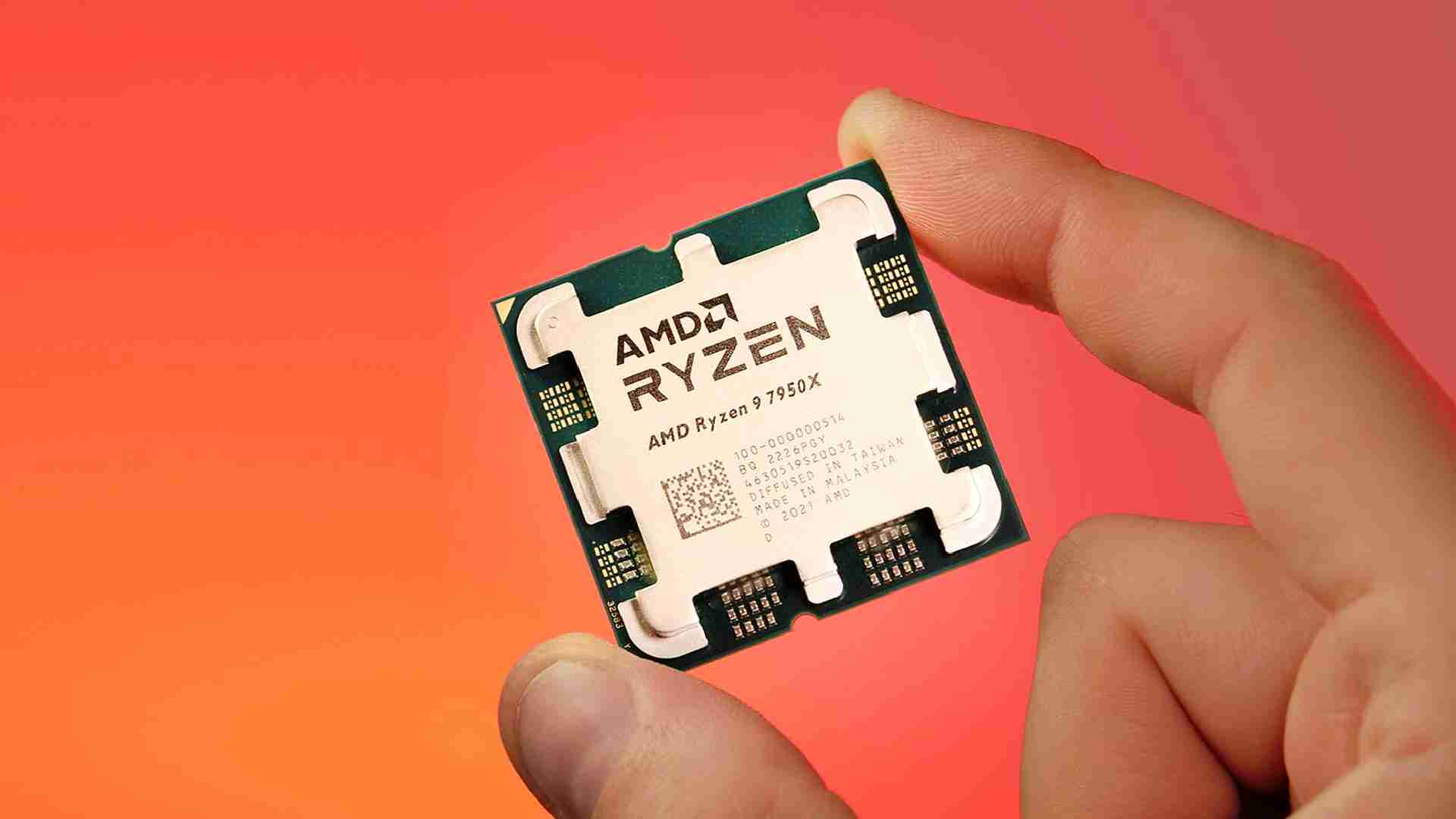
AMD Ryzen 7950X Review
Its time to take a closer look at the biggest and most powerful Ryzen 7000 Chip, the 7950X. Lets see if it is able to keep th
Read More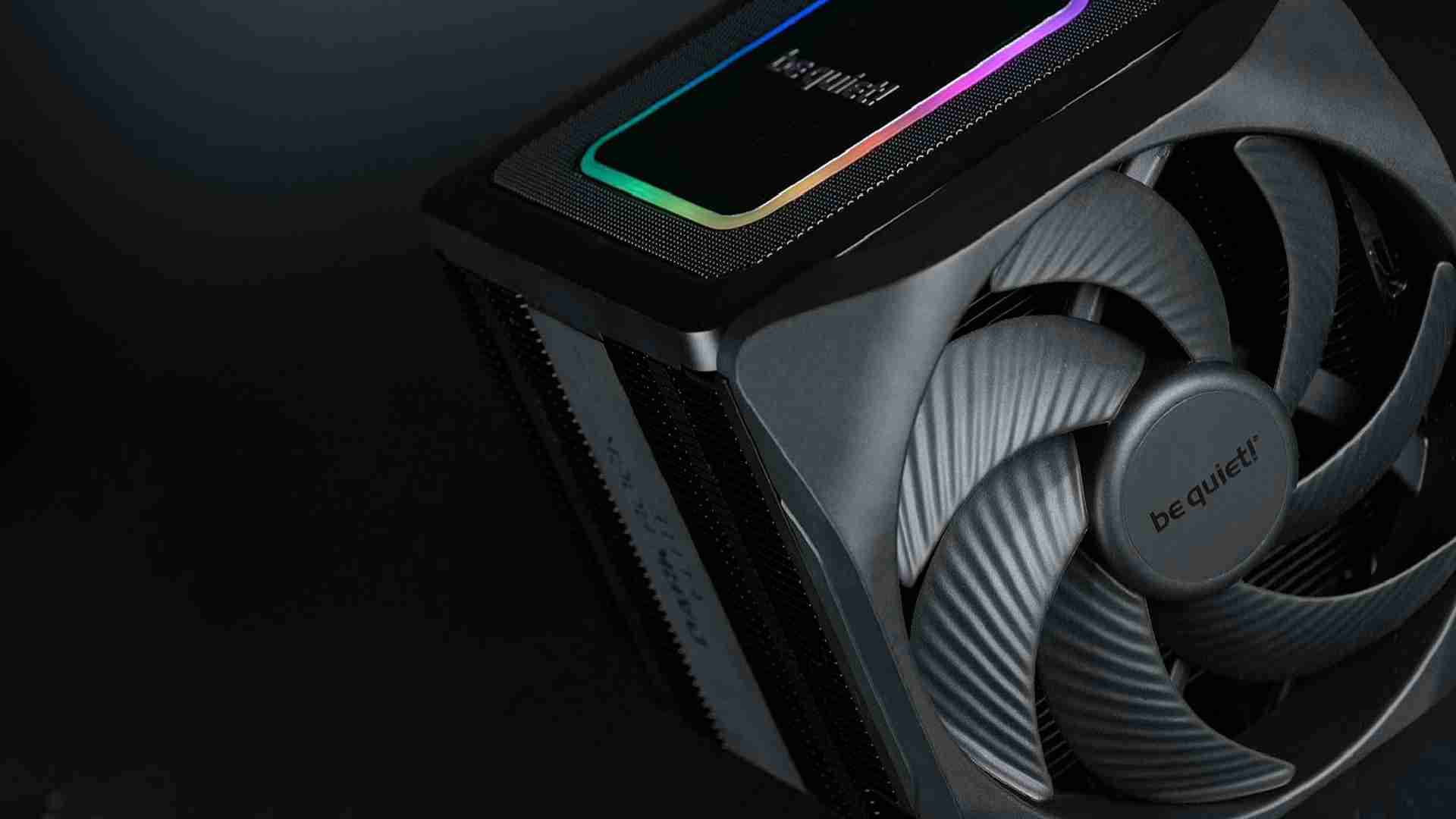
be quiet! Dark Rock Elite
Instead of releasing a single high-end air cooler in 2023, be quiet! decided to go all in and release something even better t
Read More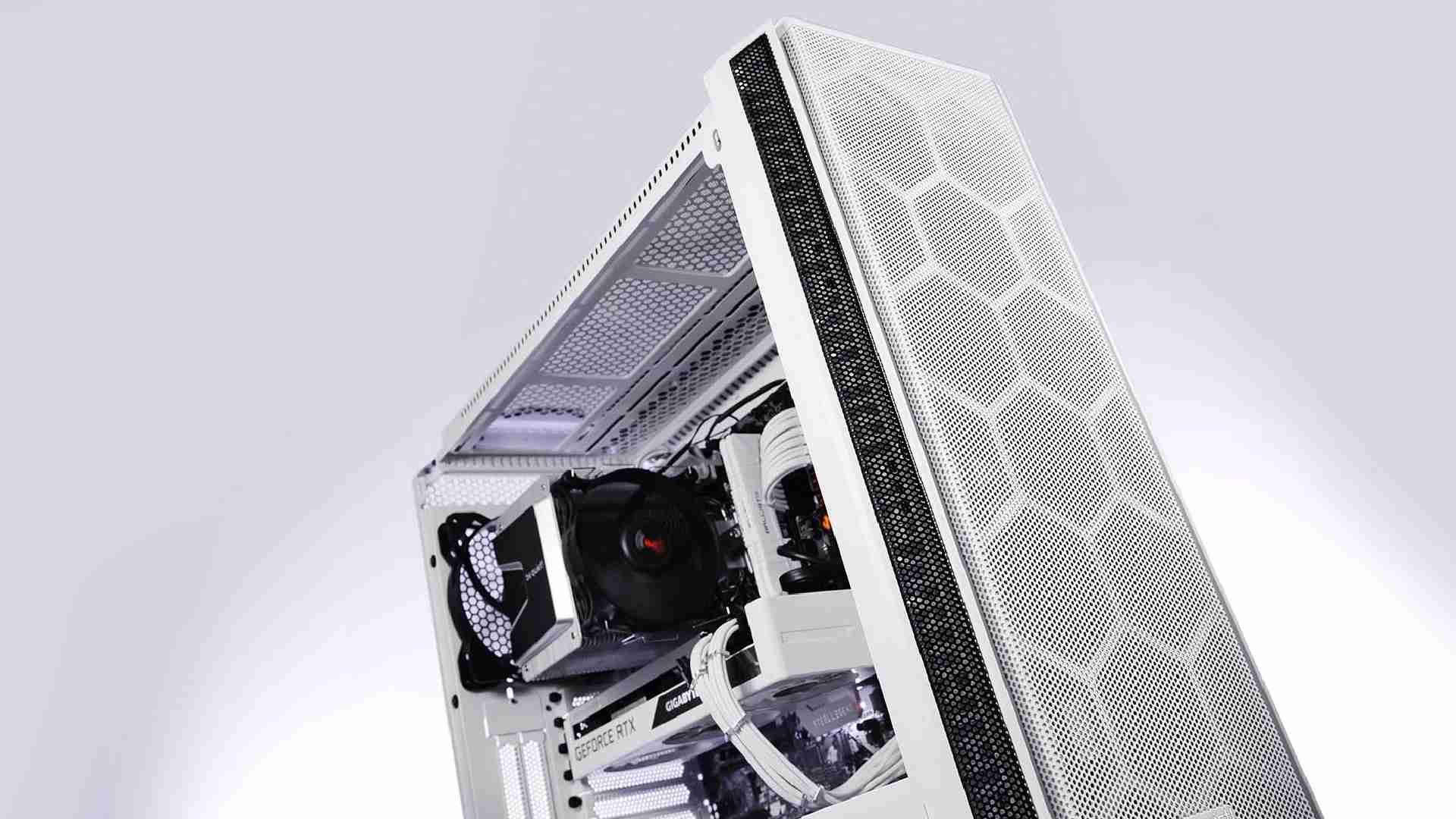
be quiet! Silent Base 802 Review
If we have learned one thing then that be quiet! makes amazing screwdrivers. And the cooler that comes with them is not that
Read More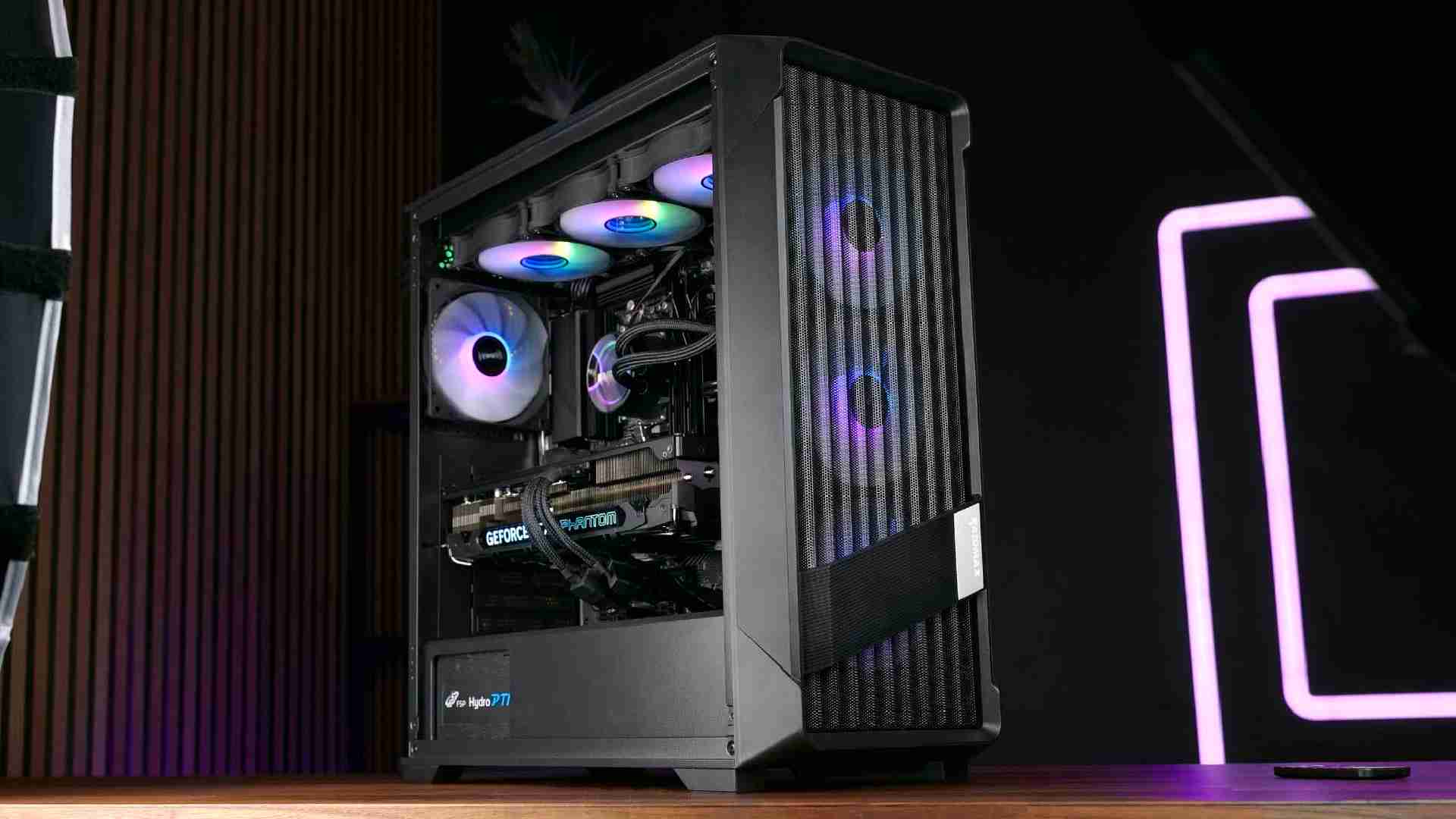
Raidmax Meshian X603 Review
In the budget friendly PC Case market, it is hard to stand out. Many have tried, most have failed. Lets take a closer look at
Read More